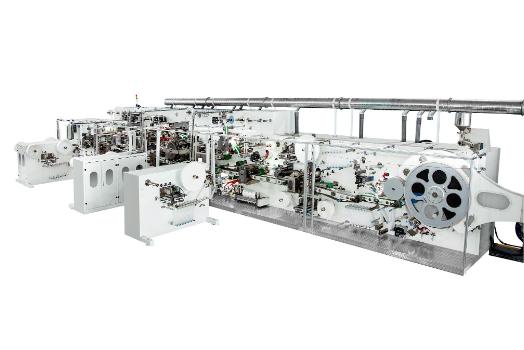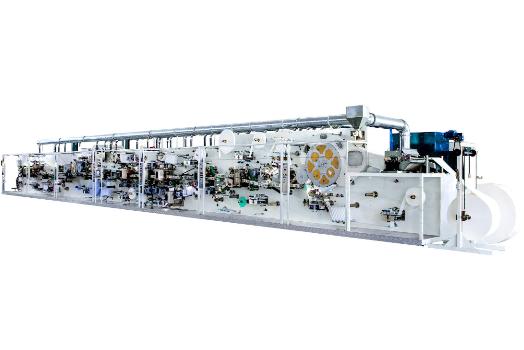
Why Do Some Baby Diapers Leak? The Science Behind Absorption
2025-08-26
Why Do Some Baby Diapers Leak?
If you’re a parent, you’ve probably asked this question at 2 a.m. after changing the sheets for the second time that night: why is my baby’s diaper leaking? Don’t worry—you’re not alone. Diaper leaks are one of the most common frustrations parents face, and there’s actually some fascinating science behind it.
Reason 1: Absorbent Core Capacity
The heart of every diaper is the absorbent core, made of fluff pulp and SAP (super absorbent polymer). These materials can hold many times their weight in liquid. But when the core reaches its maximum capacity, leaks are inevitable.
Think of it like a sponge—once it’s soaked, no more liquid can go in.
Reason 2: Poor Fit
Even the best diaper won’t work if it doesn’t fit your baby properly. Gaps around the waist or thighs create spaces for liquid to escape. That’s why parents sometimes find that switching to a different size or brand reduces leaks.
Pro tip: if you can easily fit more than two fingers between the diaper and your baby’s waist, it might be too loose.
Reason 3: Position of Absorbency
Not all leaks happen because of too much liquid. Sometimes the liquid just doesn’t hit the absorbent core in the right place. For example, boys may need more absorption at the front, while girls may need it in the center. High-quality baby diapers are designed with distribution channels that spread liquid evenly.
Reason 4: Overnight vs Daytime Diapers
Daytime diapers are often thinner and designed for mobility. Overnight diapers, on the other hand, have extra absorbency. Using the wrong type can lead to leaks—no matter how carefully you put it on.
Reason 5: Activity Level
Babies wiggle, crawl, and roll. All this movement can shift the diaper and create gaps. If leaks happen often during playtime, it’s usually because the diaper shifted, not because it was too full.
Leaking diapers are annoying, but they don’t mean your baby’s diaper is “bad.” It’s often a matter of fit, usage, or timing. And here’s the funny thing—machines that make diapers are so precise, they rarely produce a defective one. So the problem usually comes down to real-life use.



